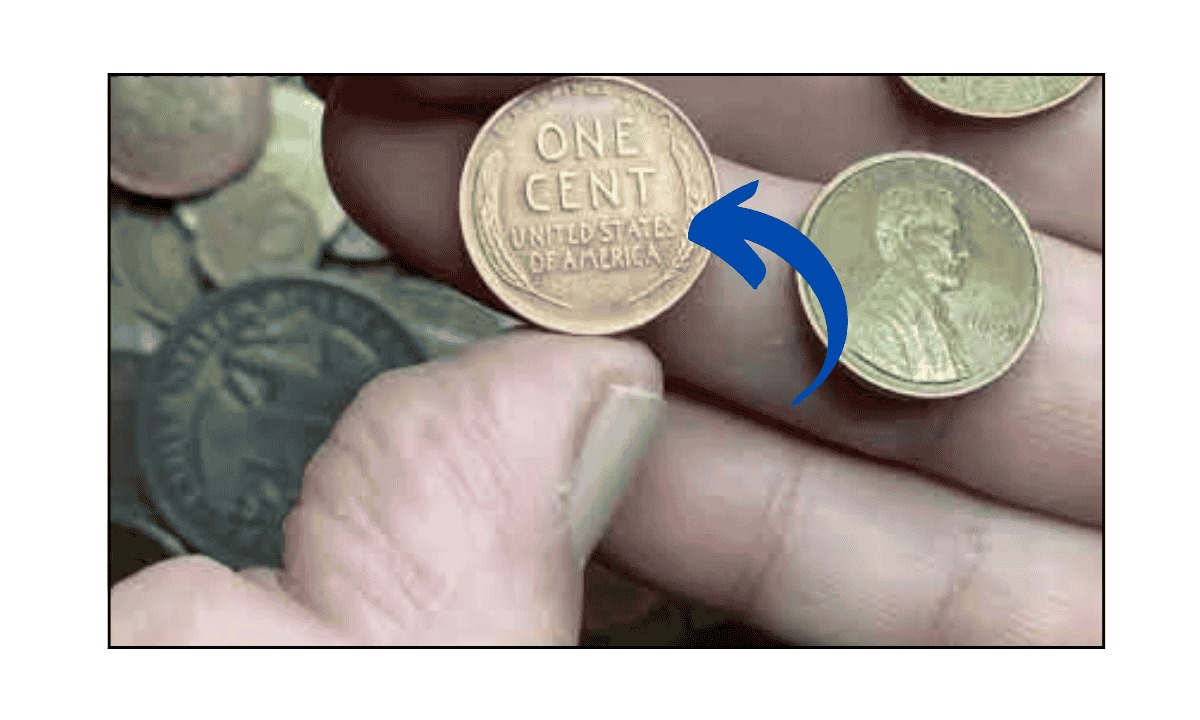The Toronto Maple Leafs’ season ended in the most painful way fans could imagine. A crushing 6-1 defeat against the Florida Panthers in Game 7 of the second round has left the team and its supporters asking one big question: What comes next?
With the off-season underway, there is already speculation about the futures of top players like Mitch Marner and John Tavares, and even president Brendan Shanahan. One thing is clear—change is needed. Let’s take a high-level look at three key moves the Maple Leafs must consider to turn things around.
Change 1: Time to Move On from Mitch Marner
Mitch Marner has been a key player for Toronto for nearly a decade. But when it comes to playoff time, his performance hasn’t been enough. Despite scoring 13 points in 13 playoff games this year, he only had one point in the last four games—when it mattered most.
In Game 7, when things were falling apart, Marner was visibly frustrated and shouting at his teammates, but he had just two shots and a minus-two rating. In moments like that, leaders need to lead with their play, not just their voice.
Keeping Marner around for another 7–8 years with a salary of $12–13 million per year just doesn’t make sense anymore. The Leafs could use that cap space to bring in players who are more suited to playoff-style hockey. Marner may thrive elsewhere, but in Toronto, it’s time for a change in the core leadership group.
Change 2: Trade Veterans and Underperformers
The Leafs have many players with no-trade or no-move clauses, but those don’t mean they can’t be moved. Players often agree to a trade when they know their time with a team is over.
One big name who could be on the move is defenseman Morgan Rielly. He still has five years left on his contract but hasn’t played at the level expected of him lately. GM Brad Treliving needs to start looking for a trade that benefits both sides.
Other players like Calle Jarnkrok, David Kampf, and Nick Robertson should also be considered for trades. Whether it’s for draft picks, young prospects, or budget-friendly players, Toronto needs to free up cap space and refresh its lineup.
Yes, the Leafs are still trying to win now, but they also need to plan for the future. If they want to re-sign young star Matthew Knies long-term and keep players like Tavares happy and effective, they’ll need to clear out some of the high-priced veterans who are no longer pulling their weight.
Change 3: Focus on Developing Young Talent
Toronto needs to start looking at its younger players more seriously. With Marner likely on his way out, there’s room for the next generation to step up. That includes Matthew Knies, who has already shown great promise, and Easton Cowan, a young star from the OHL.
Giving chances to other young prospects in the system will help the Leafs manage their budget. Players on entry-level contracts are much cheaper, which is important for a team with so many expensive stars.
No one is expecting these young players to be the next Auston Matthews or William Nylander overnight, but they can grow into reliable contributors. If they develop well, they could become core players without costing too much.
GM Brad Treliving needs to work closely with the draft and development teams to build a steady pipeline of talent. In today’s NHL, having a few affordable stars-in-the-making is just as important as having big-name veterans.
The Toronto Maple Leafs can’t afford to keep doing the same things and expecting different results. Mitch Marner’s time in Toronto may be over, and trading underperforming veterans is a smart way to create space for younger, hungry players. At the same time, focusing on developing future stars like Knies and Cowan is the only way to build long-term success.
The Leafs already have world-class talent in Matthews and Nylander. Now they need to support them with the right mix of new energy, smart contracts, and strong development. If they make the right choices this off-season, the Leafs can finally turn their playoff struggles into a winning story.













